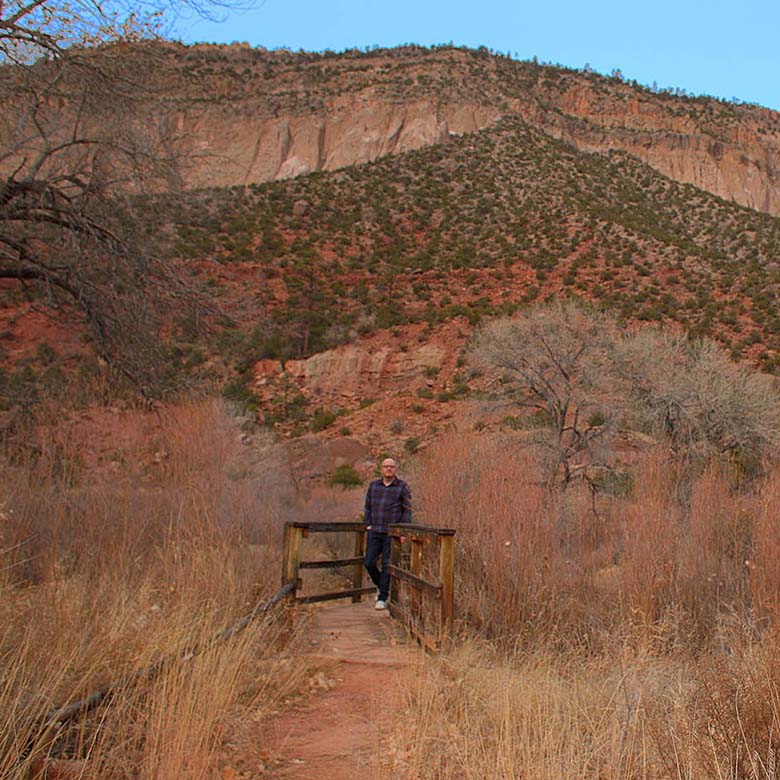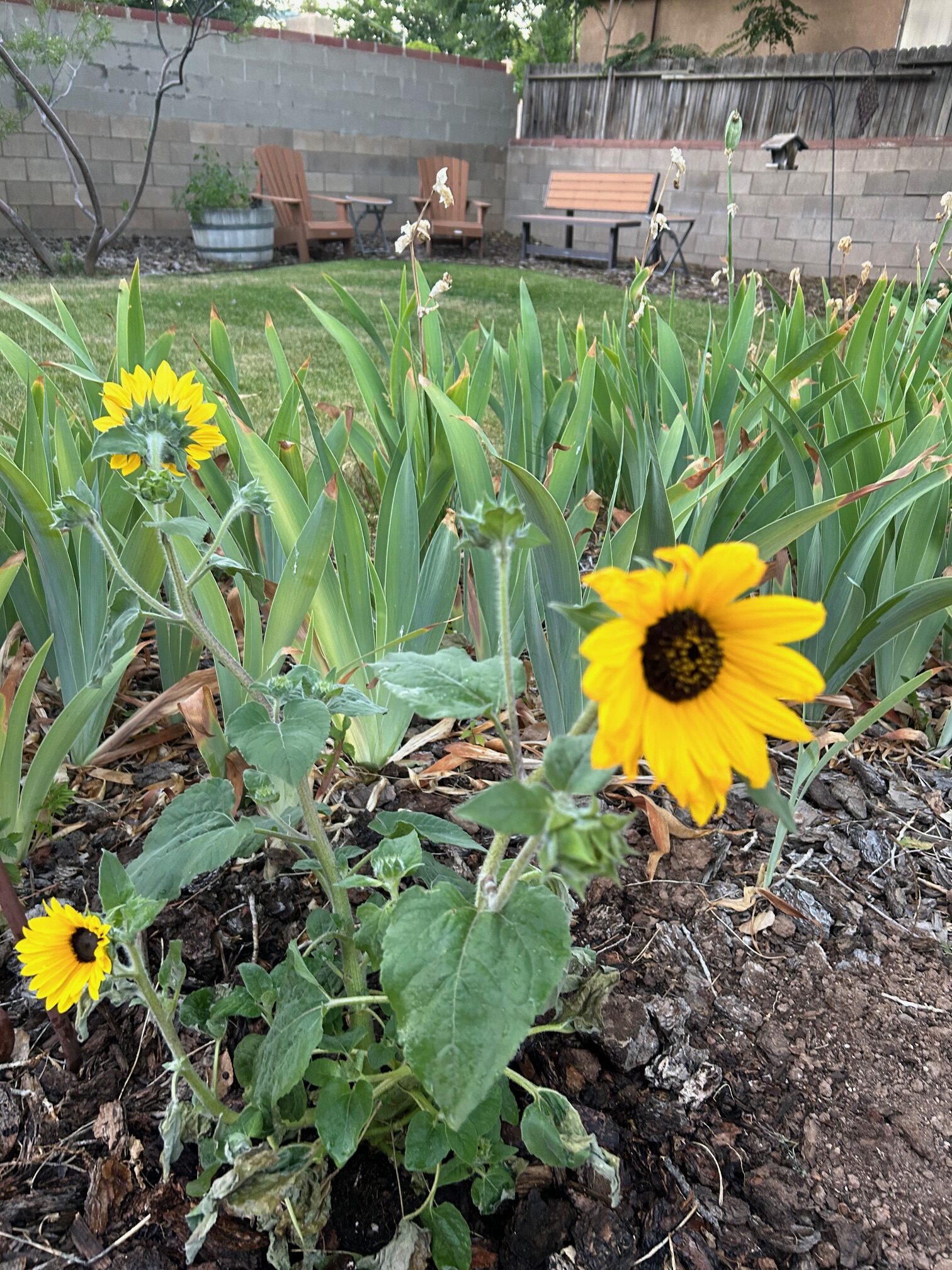
How Does Your Garden Grow: The Tale of the Fig Tree
There is something magical about this time of year. It’s the time where you see and hear your neighbors in their yards cleaning out debris left from the fall, and preparing for what flowers and foliage is peeking up and planned. The temperatures are rising, but it’s not yet unbearable to spend several hours deep in the soil or laying fresh mulch. I love the sounds of the birds and the many smells of the season – and regardless of what is happening on the evening news, mother nature seems to be unphased in her relentless reminders that spring is here.
In the Gospels, Jesus too speaks of the changes of the seasons and the need to be physically and spiritually prepared for what is to come. In church this morning, I was reminded of the story of the fig tree as a rich metaphor for these subtle shifts, nurturing of faith, one’s purpose, and spiritual preparedness and fruitfulness.
In Mark 11: 12-14, Jesus speaks to his encounter with a fig tree that bore no fruit. Finding it barren, Jesus cursed it, and it withered. On the surface, this passage can seem perplexing, even harsh. But beneath it lies a deeper truth: we are called to bear fruit in our spiritual lives. The fig tree was meant to nourish and sustain, and when it failed in its purpose, it became a lesson about living a life of true faith rather than mere appearances.
Another parable about the fig tree appears in Luke 13:6-9. In this story, a landowner comes looking for fruit on his fig tree and, finding none, contemplates cutting it down. The gardener intercedes, asking for more time to cultivate and care for the tree so that it might yet bear fruit. This passage speaks to God’s patience and grace, but also to our responsibility to respond to that grace. There comes a time when we must step into the purpose for which we were planted.
The fig tree is a symbol of peace and abundance. In the Old Testament, the fig tree often represents security and prosperity. Micah 4:4 envisions a time of peace when “everyone will sit under their own vine and under their own fig tree, and no one will make them afraid.” To be a fig tree is also to be a place of refuge and rest, offering shade and nourishment to those who come near.
The telling of the fig tree reminds us to embrace a life of faithfulness, growth, and provision. It is yet another means in which Jesus is speaking to us, telling us to recognize that our lives are meant to bear spiritual fruit—not just for ourselves, but for those around us. It is a call to readiness, to respond to God’s tending, and to step into a life that is abundant and full of purpose.
Ask yourself in this magical season of preparedness: Are we paying attention and bearing fruit? Are we offering shade and nourishment to those in need? Are we rooted deeply and prepared for the unknown of what is to come and what is right in front of us?
Learn More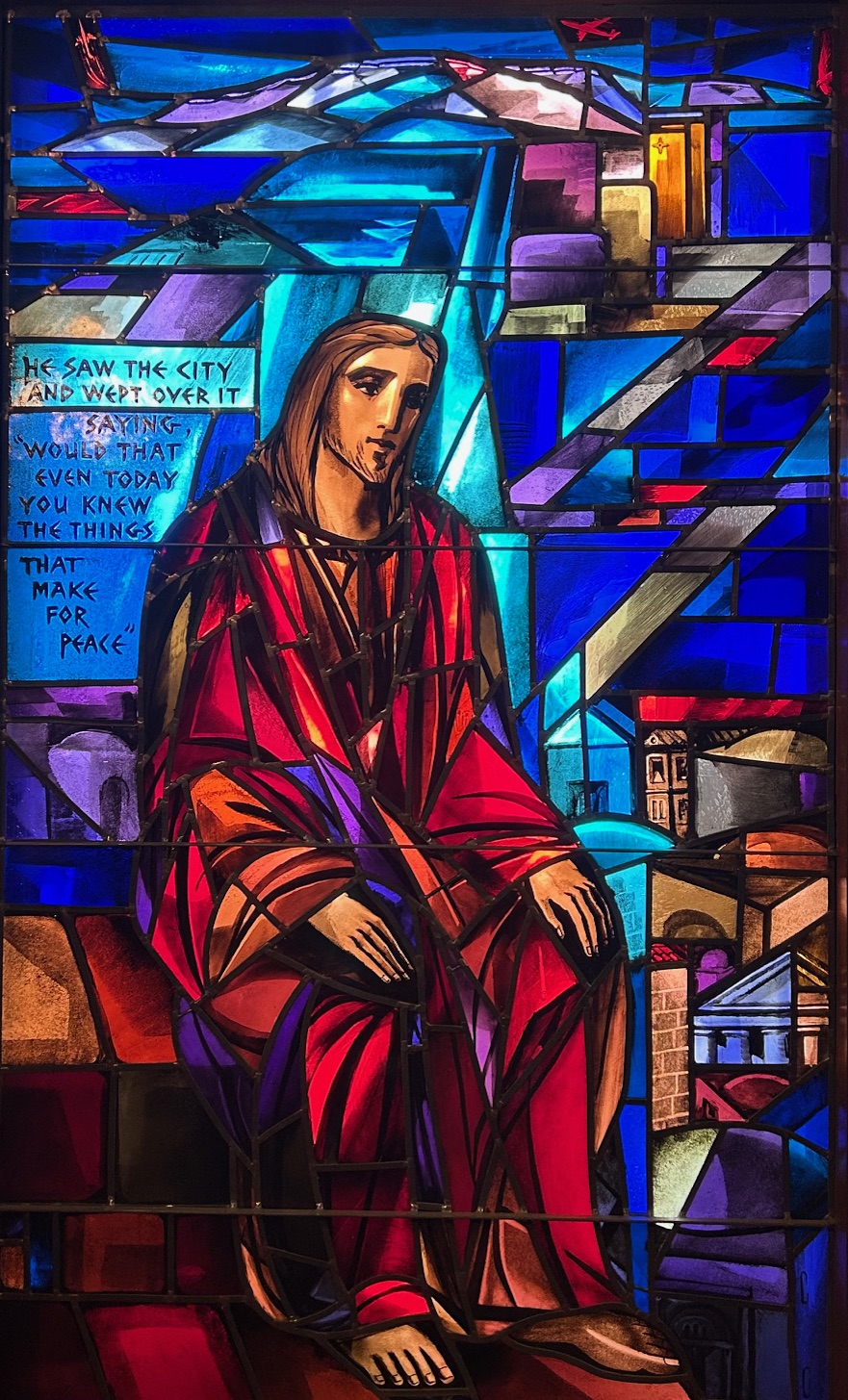
Lamentation: What Do You Lament?
I am a big fan of stained glass – specifically stained glass that is used to enhance worship spaces in cathedrals and sanctuaries across the globe. The craftsmanship, the detail, and the various styles which depict the various narratives and notions of the Christian faith are captivating to me. I particularly appreciate unique stained glass that tells a story, but only if you are paying attention to the story being told!
The stained glass shared in today’s blog is that of Jesus’ Lament referenced in Luke 13:34 but, there is something unique about this depiction – you see, the city shown is a layering of Jerusalem and Albuquerque NM, the city in which I reside. This piece of worshipful art is located in the chapel of First United Methodist Church in downtown Albuquerque, and I believe is one of the most moving and insightful pieces I have had the privilege to pay witness to. This piece of stained glass, so gently tucked away in a small chapel, reminds me that the lament story, and the love of Christ that is a never-ending and always-speaking truth.
Lament is a language of faith—an act of honesty before God when things are not as they should be. It is not a loss of hope, but a cry for justice, healing, and redemption.
In Luke 13:31-35, we find Jesus lamenting over Jerusalem:
“Jerusalem, Jerusalem, you who kill the prophets and stone those sent to you, how often I have longed to gather your children together, as a hen gathers her chicks under her wings, and you were not willing!” (Luke 13:34)
This is not just a statement; it is a lament. Jesus expresses deep sorrow for a people who resist God’s embrace. He sees their brokenness, their rejection of truth, and their unwillingness to turn toward love—and He weeps.
We all carry grief. We lament personal losses—relationships that have fractured, dreams that have crumbled, prayers that seem unanswered. We lament the state of the world—violence, injustice, suffering. Like Jesus, we see what could be and mourn what is. But lament is not despair! It is a sacred space where sorrow meets God’s presence. It is the cry of a heart that still hopes, that still longs for redemption.
Jesus’ lament over Jerusalem reminds us that lament is also an act of love. Jesus does not condemn out of anger but grieves out of compassion. Jesus’ longing is for restoration, not destruction. And that same longing extends to us.
So, what do you lament? What do you grieve and what do you long for?
Remember: Lament is not the end of the story. Just as Jesus’ tears over Jerusalem become the very soil where hope took root.
May we have the courage to lament. And may we also have the faith to believe that God is still with us as we work, gather, heal, and restore that which is within and around us.
Blessings on the journey –
Learn More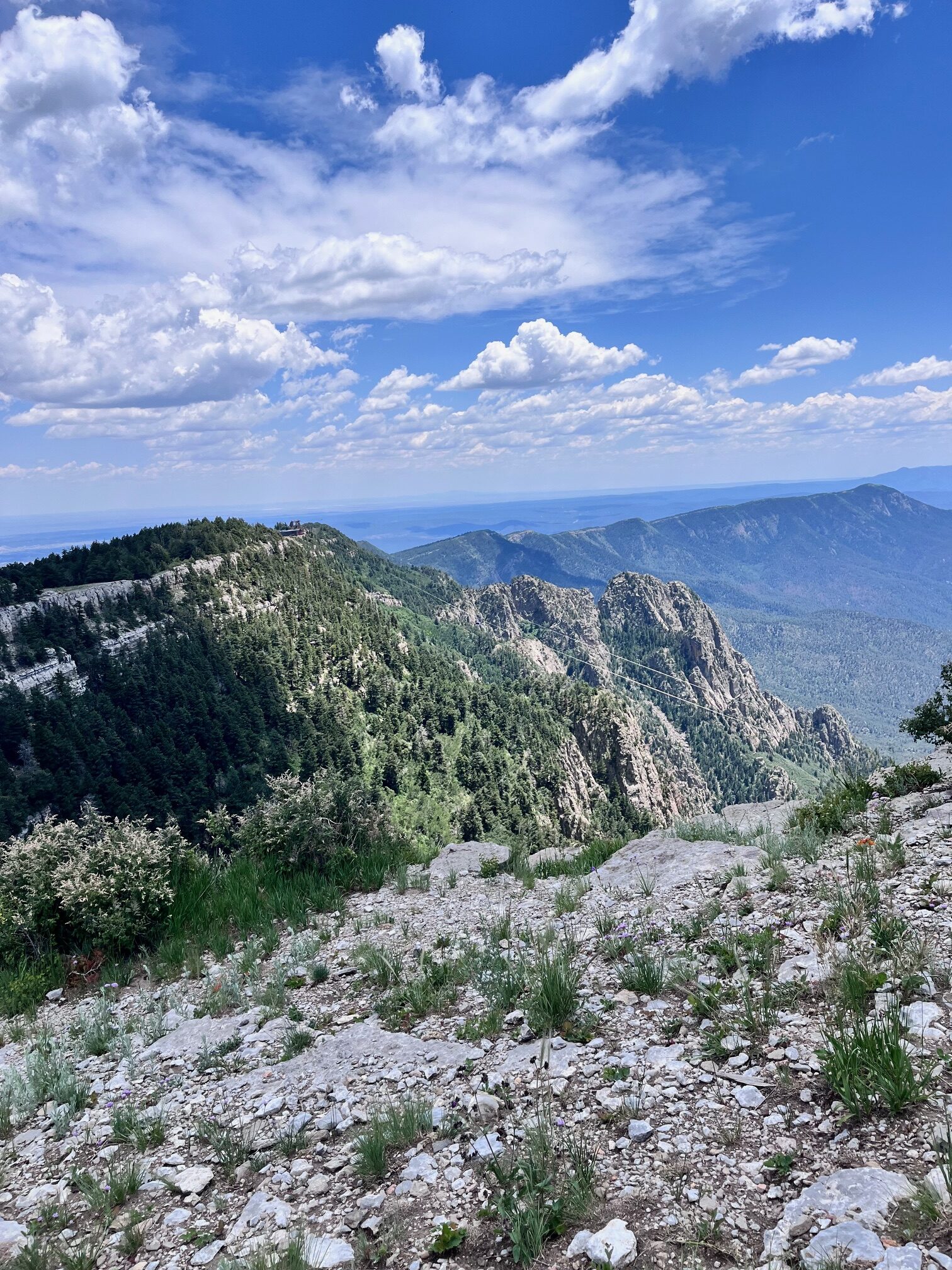
Living in the Wilderness: A Desert of Life or a Desert of Despair
The climate where I live in Albuquerque New Mexico is referred to as High Desert Climate. The high desert climate is characterized by dry and warm summers, cold winters, and low rainfall. The topography is such that the Sandia Mountain range – which at its highest point measuring 10,678 feet – circles fast parts of the city with vistas reaching into what feels like uncharted and untouched land. I once heard a visitor to the area remark, “I had no idea there were so many earth-tones and shades of red!” I personally never tire of watching the sunset over the Sandians with deep and distinctive shades of reds, yellows, and orange. This area of the country is truly what I would refer to as a wonderful and wild wilderness.
The wilderness is a place of paradox. It can be both barren and beautiful, both isolating and illuminating. In Scripture, the wilderness is often a place of testing, transformation, and divine encounter. The Israelites wandered for forty years, relying on daily manna and learning to trust God. Jesus spent forty days in the wilderness, fasting and facing temptation before stepping into his public ministry. The wilderness is never just one thing—it is both a place of struggle and a place of sacred possibility.
Many of us find ourselves in a wilderness season at some point in life. The loss of a job, the breakdown of a relationship, a season of deep uncertainty—these moments feel like wandering through a desert, unsure if we are being refined or simply lost. Is this desert a place of life, where God is shaping something new? Or is it a desert of despair, where all hope seems to dry up?
Perhaps the answer depends on where we turn our focus. In a desert of despair, all we see is what is missing—the dried-up riverbeds, the unrelenting sun, the endless horizon with no clear path. But in a desert of life, we begin to notice the unexpected graces: the small spring that emerges from a rock, the shade of a lone tree, the resilience of life that somehow finds a way to bloom.
The difference between the two is not the landscape itself, but our willingness to see the possibility within it. The wilderness can strip away illusions, but it can also make room for deeper faith.
The Israelites didn’t stay in the desert forever. Jesus emerged from the wilderness strengthened for his purpose and calling. And so, when we find ourselves in a wilderness season, we can ask: Is this a place where God is absent, or is it a place where God is waiting to meet us?
The wilderness may feel like a place of exile, but it is also where transformation happens. It can be a desert of despair, but it can also be a desert of life.
The choice is in how we walk through it.
Blessings on the journey –
Learn More
Seasons: Ashes and Lent
It’s that time of year in the rhythm and ritual of the Christian Calander– 40-days; not counting Sunday’s – in which we prepare our hearts and minds for a season of introspection and remembrance. The time when we feast on King’s Cake and pancakes, plan for fish on Friday’s, and mark our days with considerations of giving up and taking up. I personally look forward to the celebrations leading up to the beginning of the season of Lent, the solemn service of Ash Wednesday, and tuna sub’s every Friday from a local pizza-sub-salad place down the street from my house. I enjoy finding a Lenten daily devotional that both challenges and inspires me. I truly find this to be the most impactful season of the year for both my faith and my personal growth.
Seasons shape our lives. They remind us of the passage of time, the rhythm of change, and the invitation to reflect. In the Church, the season of Lent stands as a sacred pause—a time to journey inward, confront our mortality, and embrace the call to renewal.
Lent begins with ashes. This Wednesday, on Ash Wednesday, we receive the sign of the cross in dust and hear the sobering words: Remember that you are dust, and to dust you shall return (I add: Go and serve our God). These ashes, a symbol of both mortality and repentance, connect us to the ancient practice of lament and longing. They remind us that life is fragile, fleeting, and yet deeply meaningful.
In many ways, Lent mirrors the changing seasons in nature. Just as winter strips the trees bare, Lent calls us to let go—of distractions, of excess, of anything that keeps us from drawing closer to God. It is a season of pruning, of surrender, and of making space for something new to take root.
Know this, Lent is not just about loss; it is about contemplation and transformation. It is about preparing the soil of our souls for resurrection and ascension. Through prayer, fasting, and acts of service, we cultivate a spirit of renewal. We step into the wilderness, trusting that even in barren places, God is at work.
As we journey through Lent, we may find ourselves carrying burdens—grief, doubt, weariness, unhelpful habits. The beauty of this season is that it does not ask us to ignore these struggles but to bring them before God, to name them, and to trust that healing is possible. The ashes we wear are not just a sign of death; they are a promise that even dust can be redeemed.
Spring follows winter. Easter follows Lent. Hope rises from the ashes. This is the rhythm of the Gospel—the promise that life is always being made new.
So, in this season of ashes and Lent, may we embrace the invitation to pause, to reflect, and to prepare our hearts for the resurrection yet to come.
Blessings on the journey –
Learn More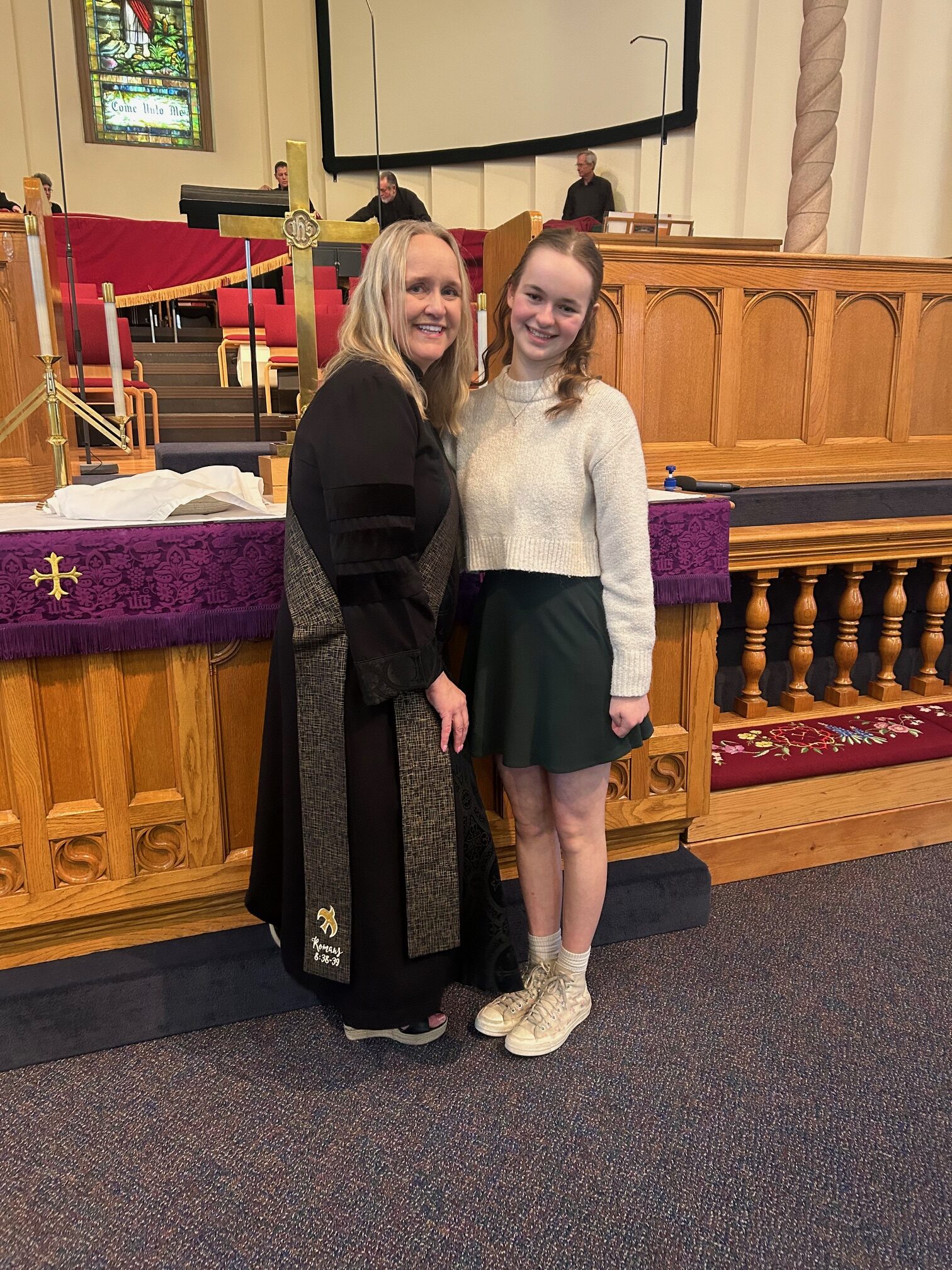
The Importance of Marking Time: Grief, Anniversaries, and Ritual
One year ago, in accordance and affirmed by the United Methodist Church Book of Discipline, I began a 4-month Renewal Leave where I continued to represent my appointment in various annual conference, jurisdictional, and general church matters – but, I was no longer 24/7 with the local church. Effective July 1st, 2024 I began my full-time Extension Ministry appointment to Chrysalis Counseling for Clergy as the Executive Director. The timing of my parting from my 9-year local church appointment – noting a cumulative 16-year local church ministry stint – was not anticipated, but not without conversation, my poignant request, and my consent either. Regardless, that day – 1-year ago – was a day full of institutional ritual followed by a year of deeply personal grief ritual, culminating to today’s first anniversary of metaphorically shaking my head and locking the gates.
Life is measured in moments—some joyful, some sorrowful, and many in between. When we experience loss, time itself can feel distorted. Days stretch endlessly or pass in a blur. Yet, amid the disorientation of grief, the act of marking time—acknowledging anniversaries, engaging in rituals, and holding space for remembrance—can be a profound and healing practice.
Anniversaries of loss – regardless of the type of loss – often arrive with an emotional weight, sometimes unexpectedly. Whether it’s the first year or a decade later, these milestones remind us of the depth of our love and the impact of our loss. Rather than avoiding these days, embracing them with intentionality can provide comfort. Lighting a candle, sharing memories, visiting a significant place, or engaging in acts of service can transform sorrow into a sacred act of remembrance.
Rituals provide structure when life feels chaotic. They allow us to express grief in meaningful ways, both individually and in community. In religious traditions, mourning practices—from saying Kaddish in Judaism to the Christian tradition of All Saints’ Day—create space for communal support. Personal rituals, such as journaling, listening to a favorite song, or preparing a favorite meal, can also offer solace. These practices help us remain connected while integrating memories into our ongoing narratives.
Grief is deeply personal, yet it is also universal. Acknowledging loss within a community reminds us that we do not grieve alone. Faith communities, support groups, and friendships provide the strength to navigate the journey of remembrance. Public memorials, candlelight vigils, and shared storytelling are ways we honor events, people, and moments that have shaped our lives.
Marking time through anniversaries and rituals does not mean dwelling in the past; rather, it allows us to carry our memories into the future. Each act of remembrance affirms who and what we are as a collective of the events and experiences of the past.
By making space for remembrance, we affirm that grief is not something to be rushed through or forgotten. It is part of the human experience, woven into the very fabric of time itself – and in marking time, we create moments of meaning, healing, and love.
Today, I attended church with my daughter. We followed worship with lunch, girl scout cookies, sharing of memories from our time with my former 24/7 local church appointment, and we remembered the joy we felt – and we laughed! Today was a good day.
May you too find joy and meaning in the marking of time, moments of grief, the recognition of anniversaries, and in rituals that heal.
Blessings on this journey,
Kelly
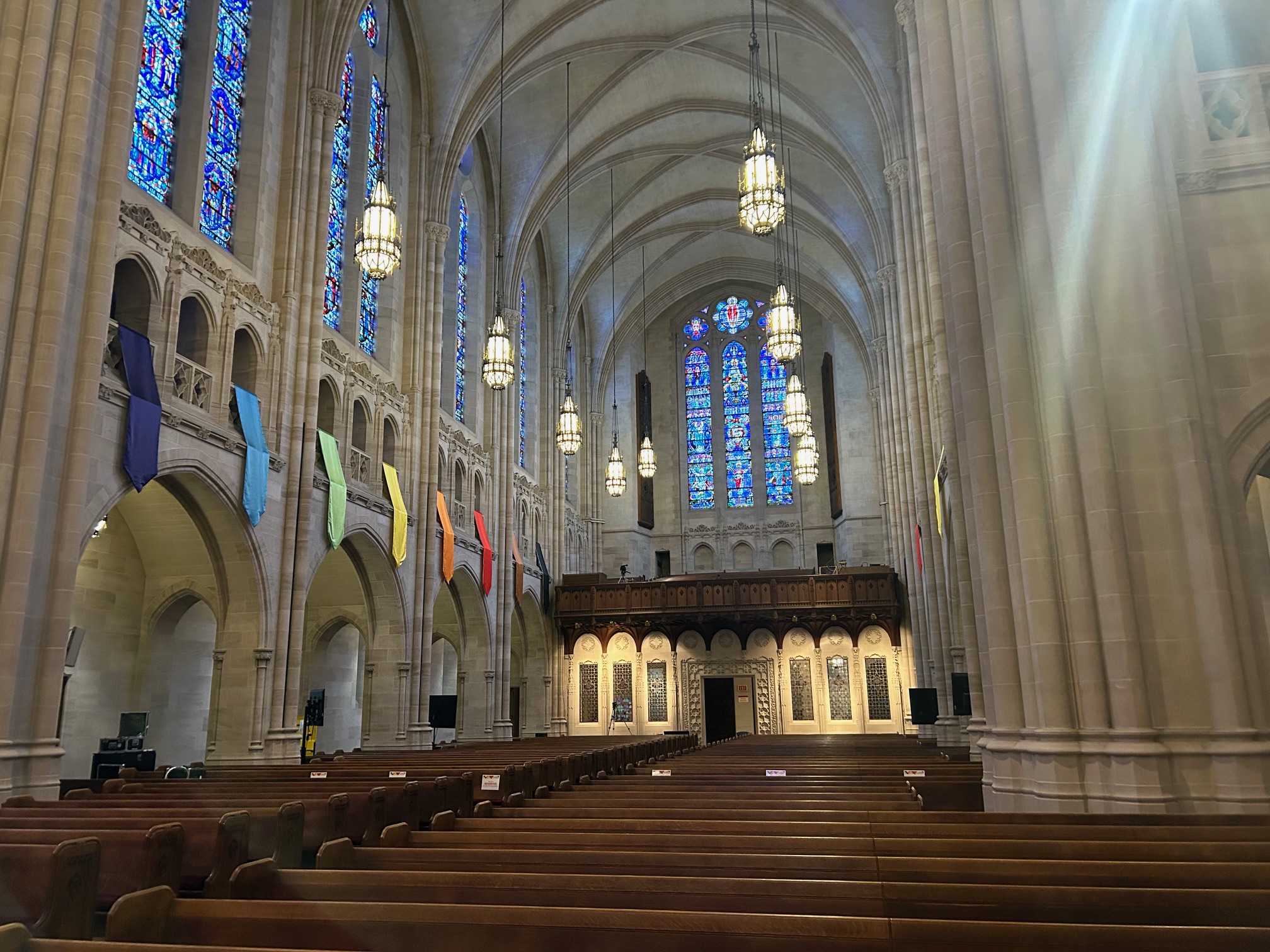
Lessons from the Beatitudes
This morning in church, the pastor spoke about the beauty and relevance in today’s world of the Beatitudes – which reminded me of a conversation I had a year or so ago with a colleague about the push to post the 10 Commandments in parts of the country in the public schools. Our conversation had turned to the question: “What if we as a society focused on the beatitudes and not so much the 10 Commandment as the beatitudes seek community and reconciliation where the 10 Commandments seem to go a different direction?”
For a quick refresher: The Beatitudes, found in Matthew 5:1-12, are among the most profound and countercultural teachings of Jesus. Spoken during the Sermon on the Mount, these blessings turn worldly values upside down, offering a vision of God’s kingdom that is marked by humility, mercy, and righteousness rather than power and wealth.
What lessons and reminders can we draw from these powerful statements of Jesus?
Blessed Are the Poor in Spirit
To be poor in spirit is an invitation to humility, acknowledging that we are not self-sufficient. This challenges a world that prizes self-reliance and independence.
Blessed Are Those Who Mourn
Grief is not something to be avoided or silenced. Jesus affirms that those who mourn will be comforted, reminding us that God is present in our suffering. This speaks to the power of empathy, encouraging us to walk alongside those who are hurting.
Blessed Are the Meek
In a culture that often rewards assertiveness and dominance, Jesus praises meekness. Meekness is not weakness but strength under control, a spirit of gentleness that refuses to seek power at the expense of others.
Blessed Are Those Who Hunger and Thirst for Righteousness
Righteousness is about more than personal holiness—it is a deep longing for justice and truth in the world. This Beatitude calls us to advocate for the oppressed and to pursue lives of integrity and love.
Blessed Are the Merciful
Mercy is a radical act in a world that often seeks revenge. Jesus reminds us that those who extend grace and forgiveness will also receive it. This lesson encourages us to practice compassion and empathy.
Blessed Are the Pure in Heart
Purity of heart challenges us to examine our motives and intentions, striving for a faith that is genuine rather than performative.
Blessed Are the Peacemakers
Jesus calls us to be peacemakers, not just peacekeepers. This means actively working toward reconciliation, healing, and justice rather than avoiding conflict.
Blessed Are Those Who Are Persecuted for Righteousness’ Sake
Jesus assures us that those who endure hardship for righteousness are not abandoned. This reminds us to remain steadfast in the name grace and peace, even in the face of opposition.
Living the Beatitudes Today
The Beatitudes are not just lofty ideals; they are an invitation to a radical way of living. They challenge us to embrace humility, seek justice, offer mercy, and pursue peace. In a world that often values power and self-interest, the lessons from the Beatitudes offers a different path—one that leads to peace, grace, and wholeness.
May we continue to reflect on these words and allow them to shape our lives, drawing closer to the heart of God and His vision for the world.
Blessings on the journey
Learn More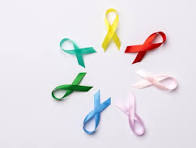
Performative Activism and the Faith Community: Whose Voice Are You Giving a Voice To?
This week, I was confronted by a dear friend with the term Performative Activism. This friend of mine – who does not claim Christianity but lives a more Christian life than many self-proclaiming Christians I know – contacted me to discuss what she has been witnessing as perceived Performative Activism demonstrated by countless activism walks and other signs of collective protest. To my friend’s point, in today’s world activism is more visible than ever. Social media, news outlets, and public demonstrations highlight causes that demand attention. But with this increased visibility comes an important question: Are we truly advocating for change, or are we simply performing activism to appear engaged?
Performative activism – much like missionary tourism – refers to actions that are taken more for appearance than for meaningful impact. It’s when individuals or groups speak out on an issue, not necessarily because they are committed to justice, but because it looks good to do so. The faith community is not immune to this tendency. Churches, ministries, and religious leaders may sometimes align with social justice causes in ways that are more about optics than transformation.
Posting a hashtag, sharing a quote from a prophetic voice, or issuing a statement in response to public outcry—while not inherently wrong—can fall short if they are not backed by sustained commitment. True advocacy requires moving beyond words into tangible action.
My friend’s question to me is a simple one: “Are you as a Christian leader just going to walk around in a circle with a t-shirt on, or are you actually going to do something?”
Faith communities and faith leaders are called to be more than just echoes of popular movements. The question we must ask ourselves is: Whose voice are we giving a voice to? Are we centering the marginalized, the oppressed, and those directly affected? Or are we amplifying voices that maintain comfort while avoiding real discomfort?
Jesus himself modeled what it means to stand with the vulnerable. He didn’t merely talk about justice—He embodied it. He ate with outcasts, challenged systems of power, and called for radical love in action. He did not ostracize those who stepped out of line or who aligned with the other – rather, Jesus taught his followers to stand in solidarity with the poor; to stand-up for those who colored outside the lines; and with those who resisted oppressive structures.
So, how can faith communities and faith leaders ensure they are engaging in authentic advocacy rather than performative activism?
- Listen First: Before speaking, listen to those directly affected. Build relationships, hear their experiences, and understand their needs.
- Commit to Action: Words must be followed by deeds. Advocacy should include tangible steps—financial support, community programs, policy changes, and direct service.
- Stay Engaged Beyond the Headlines: Advocacy is not a trend. Just because an issue fades from public discourse does not mean it no longer matters.
- Use Your Platform Responsibly: Faith communities often have influence. How are we using it? Are we giving space for marginalized voices to lead, or are we controlling the narrative?
- Reflect on Intentions: Are we advocating for justice because it is core to our faith, or because it is expected of us in a given moment?
- Remember – This is not about you…
Faith communities and leaders have the potential to be powerful forces for justice. But this requires moving beyond statements and into sustained, meaningful work. It means standing in the uncomfortable places, prioritizing the voices of the oppressed, and being willing to follow rather than lead when necessary.
If our activism is only for show, it is empty. But if it is rooted in the Gospel’s call to love, justice, grace, and mercy, then it has the power to change lives—not just ours, but those we are called to serve.
So, whose voice are you giving a voice to?
Blessings on the journey…
*Image designed by www.Freepik.com
Learn More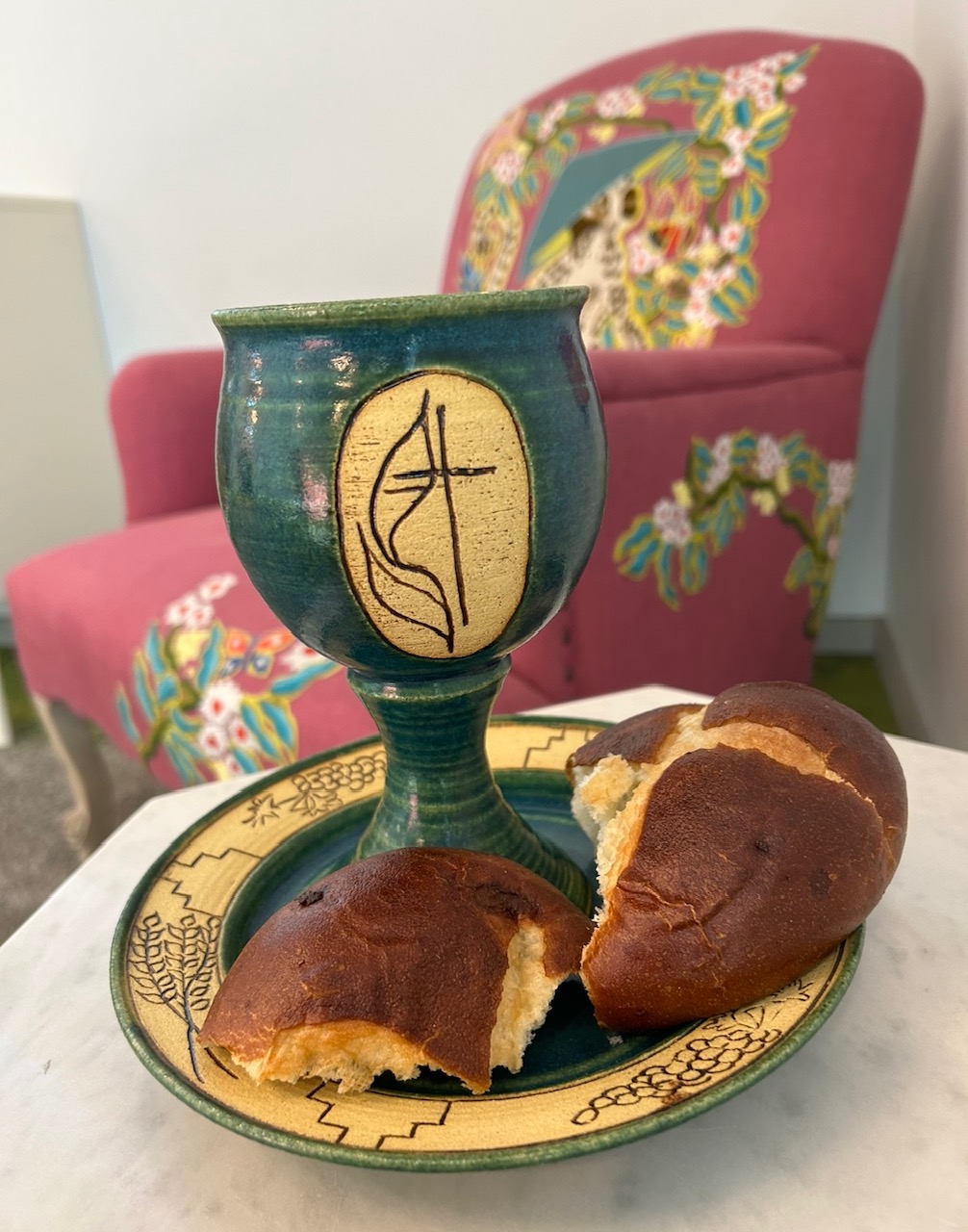
The Sacred Power of Creative Resistance
For many reasons, this past week has been a painfully challenging week for me. In seeking consult and comfort throughout the various tosses and turns of the week, I have been reminded of the privilege and importance of both my voice, the collective voice, and the significant power and privilege of creative resistance. Throughout history, voice and creativity has been a force of defiance, healing, and transformation. From the haunting strains of a cello played amidst the ruins of Sarajevo to the hymns sung on the steps of the Civil Rights Movement, the act of creating in the face of destruction is an act of sacred resistance.
Creative resistance is not merely about art—it is about the refusal to surrender one’s soul to despair. It is about bearing witness to suffering while declaring, in brushstrokes, melodies, and words, that love and beauty still matter. When the world seems overcome by violence and injustice, creativity becomes a candle in the darkness, a stubborn insistence that hope is not lost.
Consider the biblical prophets who used poetry and song to call people back to justice. Think of the enslaved communities in America who continue to sing spirituals, weaving their pain and hope into music that continues to carried them through suffering. Think of artists, poets, and musicians who, even in exile or imprisonment, refused to let oppression silence their voices.
Creative resistance is sacred because it taps into the divine impulse to create, redeem, and restore. In Genesis, we see a God who brings light out of chaos, shaping the void into a world teeming with life. In following this divine example, our creative acts—whether in art, activism, or simple gestures of kindness—participate in God’s ongoing work of renewal.
In a world that often seeks to dehumanize and divide, our creativity reminds us of our shared humanity. It calls us to see beauty in brokenness, to imagine a better future, and to stand, even when it feels futile, for what is right.
What is your form of creative resistance? Perhaps it is music, painting, poetry, or storytelling. Maybe it is the simple yet profound act of offering hospitality, of cooking a meal, of writing letters of encouragement. Whatever it may be, know that your creativity is more than self-expression—it is an act of defiance against despair and a proclamation that goodness still exists.
Remember this: The sacred power of creative resistance refuses to let darkness have the final word.
Blessings on the journey-
Learn More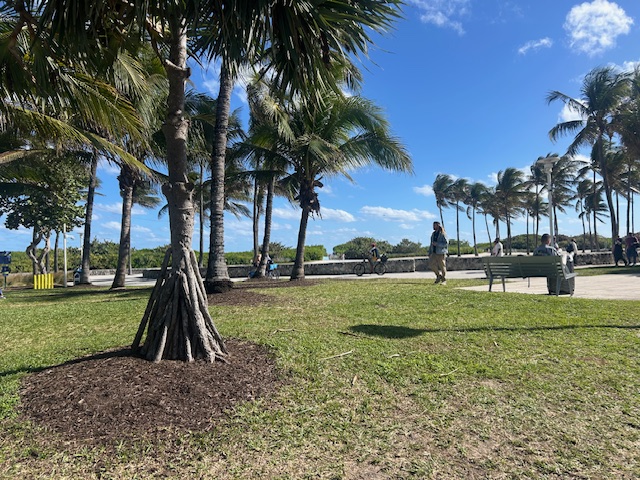
Collectivist vs. Individualist: Respecting One Another
I see myself as a curious observer to the human experience. I have always found a great deal of satisfaction simply sitting and watching as others engage in life experiences. An observation which always holds truth, is that we as humans tend towards being collectivist or individualist – although we can play in both spaces, we are more comfortable in one over the other. These two frameworks influence how we perceive ourselves, our relationships, and our responsibilities to others. While both offer valuable perspectives, navigating the tension between them requires mutual understanding and respect.
Collectivist cultures and personalities prioritize the needs, goals, and well-being of the group—whether family, community, or nations—over individual desires. These societies often emphasize interdependence, shared responsibility, and harmony within the group. In these settings, decisions are often made with the group’s benefit in mind, and one’s identity is closely tied to their relationships and social roles.
Individualist cultures and personalities, on the other hand, prioritize personal autonomy, self-expression, and individual achievement. People are encouraged to pursue their own goals and define their identity independently of others. Western societies, such as those in the United States and many European nations, tend to lean toward individualism. Here, success is often measured by personal accomplishments, and self-reliance is highly valued.
Both collectivism and individualism have strengths and growing edges. Collectivist cultures and personalities can foster deep connections and a strong sense of belonging but may sometimes suppress individuality or creativity. Individualist cultures and personalities celebrate personal freedom and innovation but can risk promoting isolation or a lack of communal support.
An observation I often make, regardless of the setting, is when people from these different frameworks interact, misunderstandings can arise. For instance, someone from a collectivist culture might view a highly individualistic person as selfish or disconnected. Conversely, an individualist might see a collectivist as overly dependent or lacking initiative. These judgments are often rooted in cultural biases rather than an understanding of the values at play.
So, how can we bridge this gap? Here are some ways to foster mutual respect and understanding, regardless of the situation:
- Acknowledge Your Biases: Recognize that your cultural lens shapes how you see the world. Be open to the idea that other perspectives are equally valid.
- Seek to Understand: Take the time to learn about other cultural and personality-based frameworks. Ask questions with genuine curiosity rather than judgment.
- Appreciate the Strengths: Instead of focusing on perceived shortcomings, look for the strengths in both collectivist and individualist mindsets. For example, admire the sense of duty in collectivism and the courage in individuality.
- Adapt Communication: Respectful interaction requires adapting your communication style. For instance, an individualist might practice active listening and emphasize shared goals, while a collectivist might be more direct in expressing personal needs when necessary.
- Focus on Common Ground: Regardless of cultural differences, we all share a desire for connection, purpose, and respect. Highlight these universal values to build bridges.
The world is increasingly interconnected, bringing people from diverse cultural backgrounds into contact like never before. This offers an incredible opportunity to learn from one another and to create societies that balance individual freedom with collective well-being. By respecting and understanding the differences between collectivist and individualist mindsets, we can work toward a more harmonious and compassionate global community.
In the end, it’s not about choosing one perspective over the other – This is not a competition! Instead, it’s about recognizing the value of both and finding ways to honor and integrate them in our lives and relationships.
Blessings on this journey –
Learn More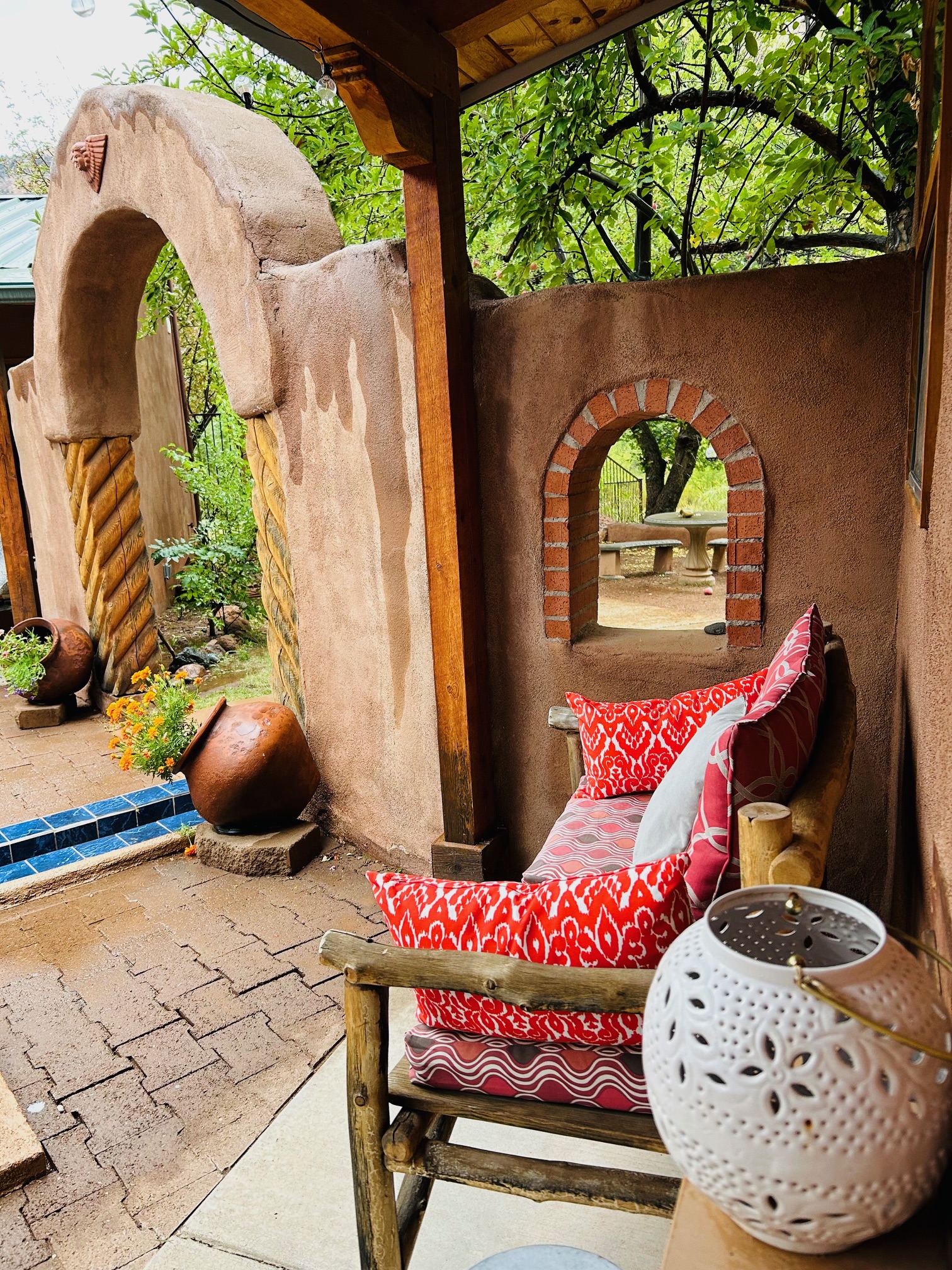
The Art of Balance: Functioning Vs. Performing
Last week, I was sitting in my therapy room with a client who spoke candidly about their habit of over-functioning and their understood lack of performing. I was reminded that in today’s fast-paced world, it’s easy to blur the line between functioning and performing – and I have often fallen into the whole of functioning while convincing myself I was performing. While these concepts are often used interchangeably, understanding their distinction can make a profound difference in how we approach our personal and professional lives – Otherwise known as The Art of Balance.
Functioning is the baseline of existence. It’s about doing what is necessary to get through the day. When we’re functioning, we’re meeting the bare minimum requirements of life. We’re attending meetings, responding to emails, and fulfilling basic responsibilities. Functioning keeps the engine running but often lacks intention, creativity, and a sense of purpose.
Signs you’re functioning:
- You’re checking tasks off a list but feeling emotionally or mentally drained.
- There’s a focus on avoiding mistakes rather than achieving excellence.
- Life feels like a series of obligations rather than opportunities.
Functioning often occurs during periods of stress or burnout. It’s a mode we slip into when resources—whether time, energy, or emotional capacity—are stretched thin. While functioning is necessary at times, staying in this mode for too long can lead to stagnation.
Performing, on the other hand, is about bringing intention, skill, and excellence to what we do. When we’re performing, we’re not just surviving—we’re thriving. Performing involves a sense of engagement and purpose. It’s about showing up fully, using our talents, and striving for our best.
Signs you’re performing:
- You approach tasks with creativity and enthusiasm.
- There’s a focus on growth and learning rather than just completion.
- You feel fulfilled and energized by your efforts.
Performing requires us to be present and invested. It often involves stepping out of our comfort zone and taking risks. Unlike functioning, performing is inherently sustainable because it’s rooted in passion and intentionality.
It’s important to note that functioning isn’t inherently negative. In fact, it’s a necessary part of life. We can’t always perform at our peak, and there are times when functioning is all we can manage—and that’s okay.
The key is to recognize when you’re stuck in functioning mode and intentionally shift toward performing when the opportunity arises. This might involve:
- Reflection: Taking time to assess your current state. Are you operating out of obligation or inspiration?
- Rest: Performance requires energy. Prioritize rest and self-care to recharge your creative and emotional reserves.
- Goal Setting: Set clear and meaningful goals that align with your values and passions.
- Support: Surround yourself with people who encourage and inspire you to perform at your best.
The journey from functioning to performing is not about perfection – it’s about progress. Both modes have their place, but living a fulfilled life often requires us to aim beyond just getting by. By cultivating awareness and intentionality, we can move from surviving to thriving, bringing our best selves to the world.
Learn More

